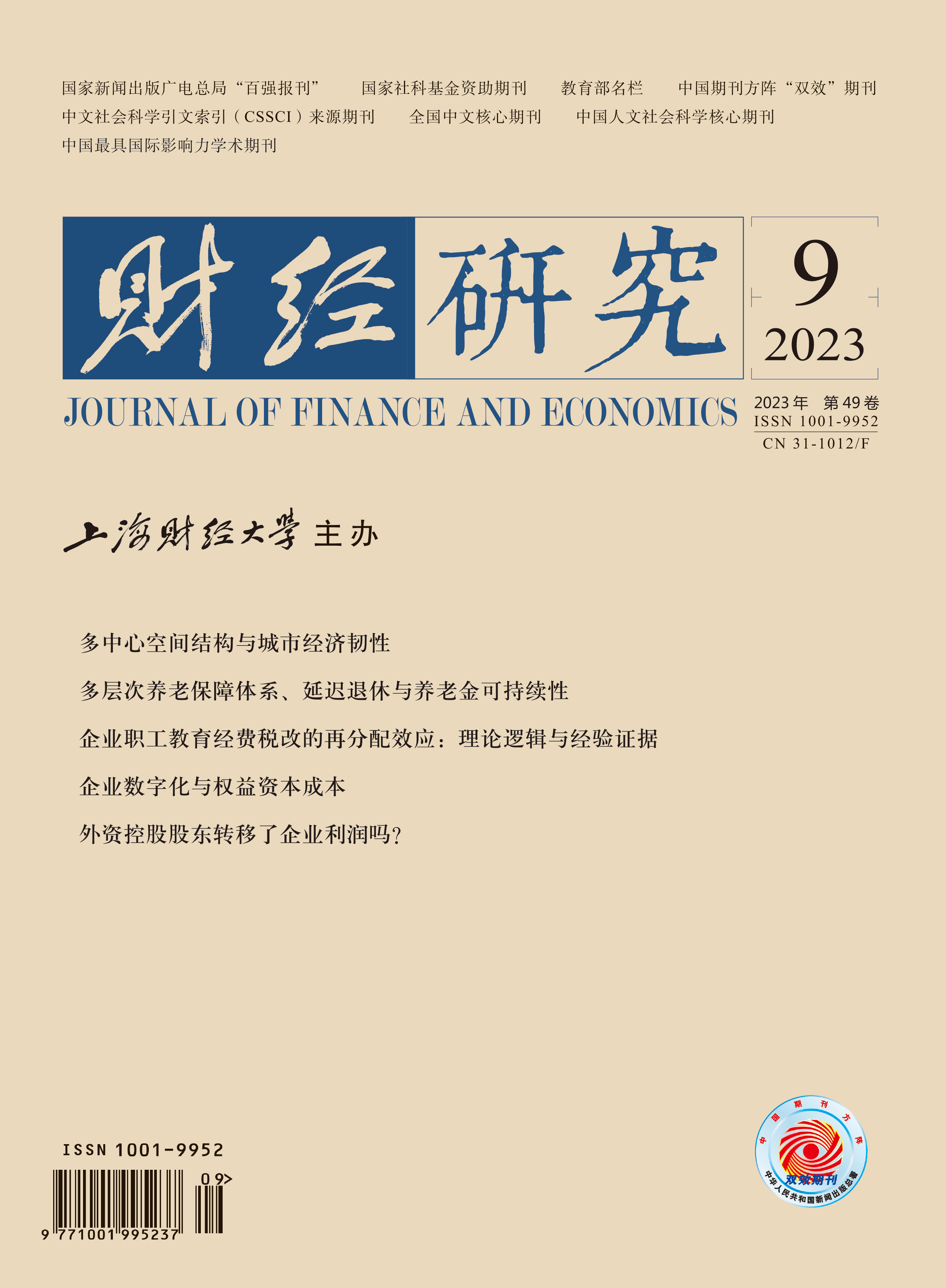Within-firm income inequality is one source of social disparity. Many studies have indicated that corporate tax benefits could worsen within-firm income inequality while promoting firm growth. Therefore, it is crucial to investigate which types of corporate tax benefits can alleviate within-firm income inequality. This paper focuses on the impact of this tax reform on income distribution within a firm. This paper describes rent sharing as a dynamic game model between employers and heterogeneous employees, and explains the mechanism by which tax reform affects within-firm income inequality. Using the data from listed firms in China, it evaluates the impact of the tax reform using the DID method. The empirical results show that the reform reduces within-firm income inequality by encouraging firms to invest more in their employees’ training. Furthermore, non-SOEs, larger firms, or firms in larger industries benefit significantly from this reform.
This paper shows that corporate tax policies can be designed to achieve both efficiency and equity, with the key lying in whether the interests of employees have been taken into account. Encouraging firms to strengthen the re-education and training of their employees is an important direction. On the one hand, it improves the relative bargaining power of employees and mitigates within-firm income inequality. On the other hand, technological innovation also requires employee collaboration. Therefore, a biased tax benefit is helpful in making the process of innovation-driven growth more inclusive. This paper contributes to the literature in three ways: (1) The pre-tax deduction reform of employee education funds, which highlights the importance of re-education, may mitigate within-firm income inequality while improving firm productivity. (2) The empirical research in this paper is based on theoretical analysis. Mathematical models are used to demonstrate the logic of the heterogeneous impact of tax reform on employees. (3) Using the 2015 tax reform as a quasi-natural experiment, this paper first identifies the impact of firms’ education investment on reducing income inequality.





 4726
4726  3464
3464

